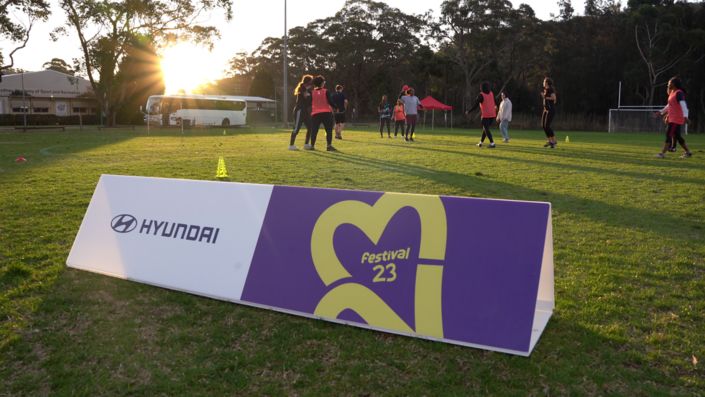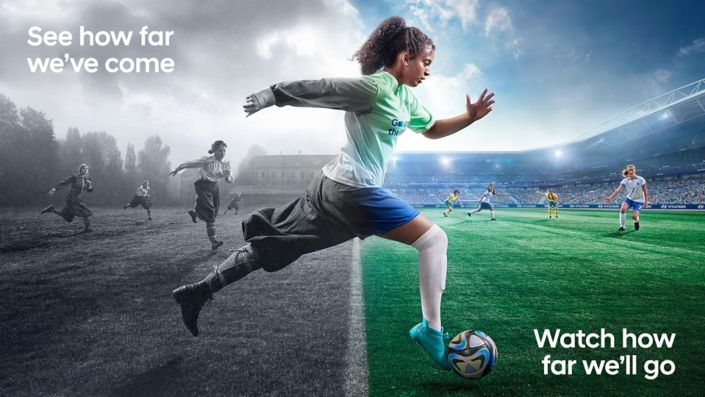About 2.5 million spectators are expected to attend UEFA EURO 2016™ for 51 football matches involving 24 teams. With France being so accessible by car for so many of the qualified countries, we've compiled a list of handy driving tips to make sure you get the most enjoyment from your road trip to Europe's festival of football.
Football fans will be making their way to EURO 2016 in their thousands this summer. If you plan on taking the car to this big football party, you should know these tips for driving in France.
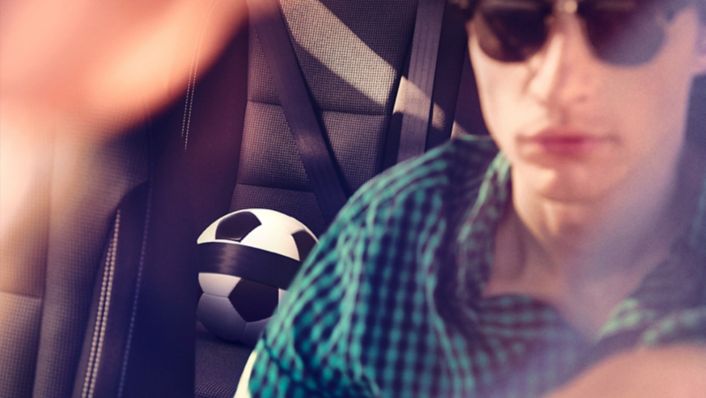
Tips for driving in France
Driving in another country can be a fantastic experience, especially one as beautiful as France with its countryside vineyards and city sights, but you need to make sure you're prepared for the journey.
Heading to the Stade de France in Paris? The Périphérique is the ring road around the city and the intersections leading to other main routes are called portes (gates). There are around 5 millions cars in the French capital and now there are moves to repeat the conversion of historically congested sites such as Place de La République to more pedestrian-friendly locations.
There are nine other host cities for UEFA EURO 2016™: Bordeaux, Lens, Lille, Lyon, Marseille, Nice, Saint-Denis, Saint-Étienne, and Toulouse. Don't forget that motorways in France are almost exclusively toll-roads payable by cash or card. So what are some of the other guidelines to bear in mind?

Parking
Where you can park in the city will be dictated by the numbers on a street, and so you should keep a look out for these road signs:
"Cote du Stationnement - Jours Pairs" – indicates that you should park on the side of the road with even numbers.
"Cote du Stationnement - Jours Impairs" – indicates that you should park on the side of the road with odd numbers.
"Stationnement interdit" – means parking is not permitted.
"Stationnement gênant" – indicates a tow-away zone.
There are two other parking signs you should watch out for:
There are blue zones in most cities where you can park for one hour between 09.00 and 12.00 and from 14.00 or 14.30 until 19.00 from Mondays to Saturdays. If you are in Paris, you are not allowed to leave your vehicle in the same place on a public road for more than 24 hours. Parking in front of fire hydrants is also illegal.
Although a little more expensive, you should also consider underground car parks while apps such as Parkopedia and Autocité can help you find an available spot.
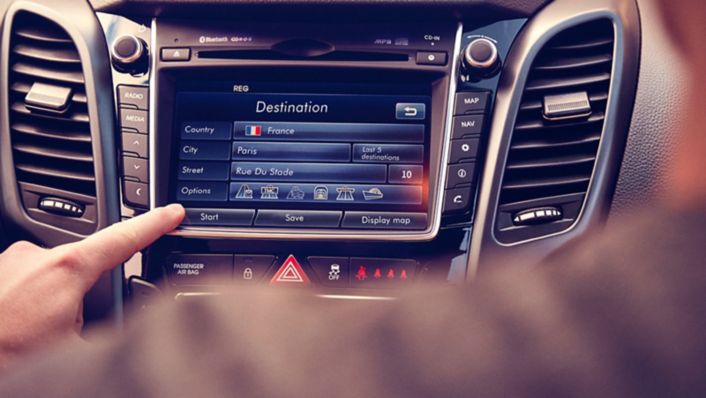
Roundabouts
For new drivers in Paris, L'Étoile roundabout circling the Arc de Triomphe with its ten lanes of traffic can be an intimidating route to navigate. Top tip: Avoid it and circle around it if you can. Use your map in advance and note the surrounding streets and exits. It's also worth remembering that, unlike the rest of France, cars entering Parisian roundabouts have priority over drivers already in it so watch for sudden braking.
Be cautious, use your turn signals and remain in the middle if you’re still looking for your exit. Look for signs reading "Cédez le passage" or "Vous n'avez pas la priorité" as these indicate that vehicles traversing the roundabout have right of way.
Speed
Main roads (outside of built-up areas): 90km/hr
Main roads (built-up areas): 50km/hr
Motorways (dry): 130km/hr
Motorways (rain): 110 km/hr
Dual carriageways: (divided highways): 110km/hr
Speed cameras
There are marked and unmarked speed cameras, as well as unmarked patrol cars, so it’s best to stick to the rules. Not doing so could potentially result in a fine, an instant ban, or your vehicle being impounded.
Using your phone
It’s illegal to use your mobile phone while driving. Doing so can result in an on-the-spot fine of 130 Euros. If it’s an emergency call, pull over before you dial. You can also consider hands-free devices like Hyundai's Bluetooth wireless technology or take advantage of ever increasing car connectivity such as Android Auto, also available in Hyundai models.
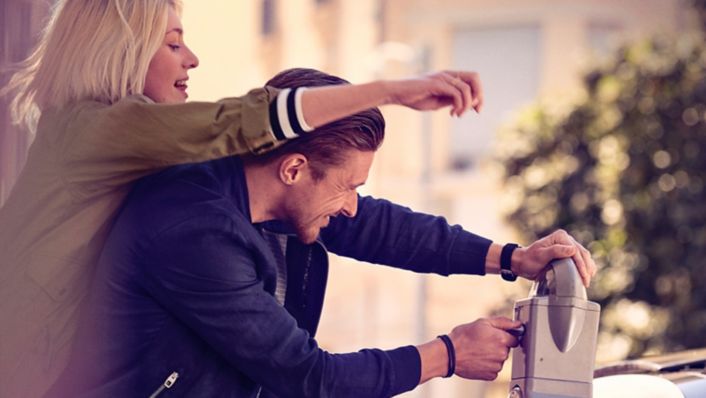
Driving in France checklist
This driving in France checklist will help you prepare for your journey:
- Driving licence: A driving licence from an EU country is suitable.
- Vehicle insurance: Bring this with you and ensure it covers your journey. It’s also advisable that you bring along the details of the insurance company, just in case.
- Proof of ownership or hire: This is the V5C certificate. If you are asked for the “carte grise”, they mean the vehicle’s registration certificate.
- Two breathalyser kits: They are a legal requirement, although there is no fine, but having them on your person can mean a smoother journey, if stopped.
- Headlamp beam deflector: Coming from Great Britain? The headlamps of most cars in the UK dip to the left, and as you will be driving on the other side of the road in France, this is a problem because it will affect oncoming traffic. A beam deflector will correct this.
- Spare set of bulbs: This is required by law, although many French drivers choose not to do so. It’s best to be on the safe side though.
- Hazard warning triangle: A helpful safety tool if your car is stuck on the hard shoulder, for example.
- High-visibility waistcoats: The French authorities are strict about people stood outside their vehicles on a motorway or on a main road wearing high-visibility clothing. This must be kept in the car, not in the boot, and you need one for each of the vehicle’s occupants.
- Vehicle condition: Ensure things like tyre pressure are ready for your journey ahead.
- Map or Satnav: It’s simply a useful tool for knowing where you’re going.
- Spare set of car keys: One of those things that can prevent unwanted mishaps.


